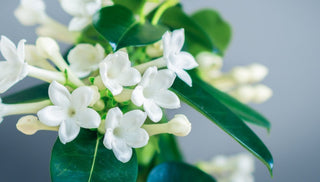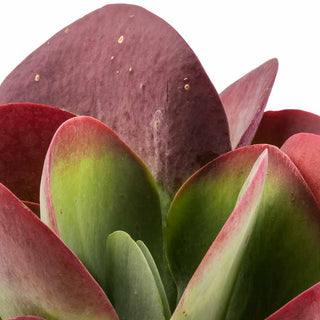☘ Origin: India and Malaysia
☘ Family: Spurge, Euphorbiaceae
☘ Botanical Name: Codiaeum variegatum
☘ Common Name: Variegated Laurel
Symbolism: Croton's colorful and sometimes color-changing foliage means that the plant symbolizes change. It's an appropriately cheering gift for a child who is going off to college, a house move or a retirement.
🍃 Shop Your Croton Plant Today!
🔆 Light
It will do best in a bright spot, as it needs lots of light (4-6) hours a day if possible - to produce all those colorful and cheerful leaves. If your croton does not get enough light, you might find the plant grows tall and lanky with spare leaves lacking the rich, dark hues.
Give your plant a turn every few days to expose all sides to light for even growth from all sides.
💧 Water
Water when the top 25%-50% of the soil is dry, and discard any water that has accumulated in the saucer.
To give your plant the absolute best, room-temperature rainwater and bottled spring water are your best options. Any water containing sugar or salt will hurt your plant!
☁️ Humidity
Appreciate a generous amount of humidity. You can boost the humidity by misting the leaves 2-3 times a week using filtered-water, or placing a humidifier nearby.
🌡️ Temperature
Prefers temperatures between (16-25°C). Keep your Croton away from drafts and cold areas like a windowpane in the winter.
🧴️ Food
For best results, use a general houseplant fertilizer once in early spring, once in early summer, and again in mid-summer. Do not feed in the fall or winter.
🐾 Toxicity
Moderately toxic to pets and human, if ingested, it will cause mouth and stomach irritation and possible vomiting.
Don’t panic if your plant drops a few leaves upon arrival. Generally, the Croton does not like to be moved, so a few falling leaves within a week doesn’t mean you are doing anything wrong. Make sure you follow the water and light guidelines, and before you know it you will have fresh, tender leaves that will soon mature to their full, blazing glory!



